Conservation Conversations: Meet the Wildlife Warriors of the Natural Diamond Industry
The natural diamond industry is behind some of the world’s most important wildlife and conservation programs in Canada, Africa and beyond. Each has a common goal to protect nature and create a lasting legacy.
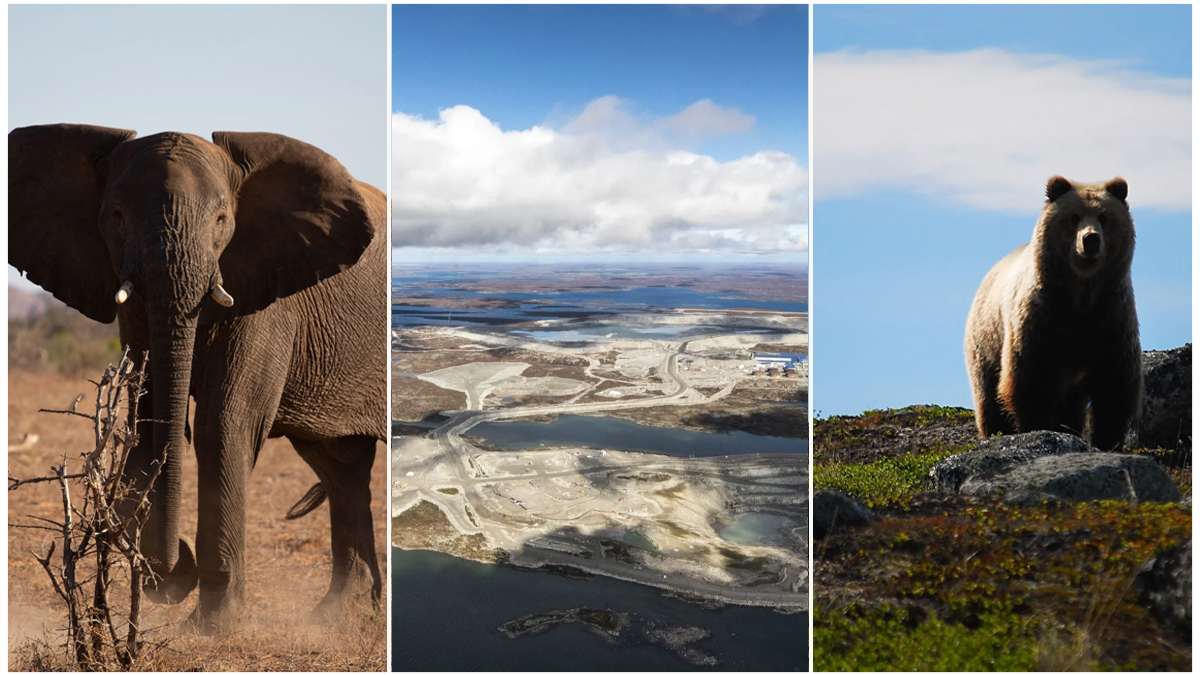
More than 654,000 acres of wilderness – an area three times greater than the size of New York City – is protected by conservation and environmental programs directly managed and funded by the natural diamond mining industry.
Behind these initiatives are some incredible individuals. From game scouts to environmentalists, these people are the everyday heroes protecting endangered wildlife and their natural habitats, ensuring that these rare and beautiful species who walk among us today are protected for future generations.
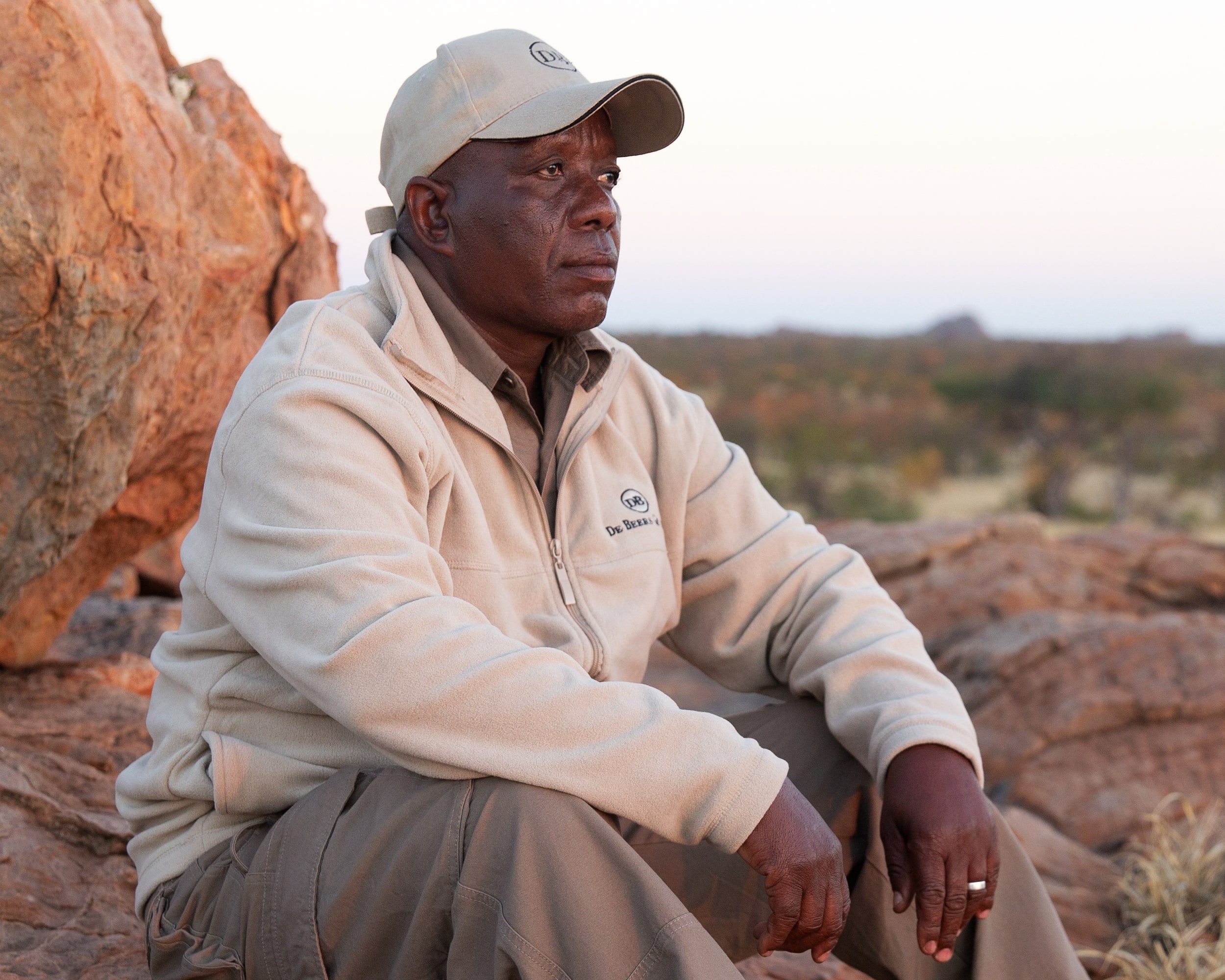
The Game Scout
“I was born on a farm on the outskirts of what is now the Venetia Limpopo Nature Reserve. Back then, the land was owned by cattle farmers. They did not tolerate the free roaming carnivores very much. Then De Beers bought the property and implemented a strict wildlife conservation policy.
“There is no such thing as a typical day in the life of a game scout. Every day is different and no game drive is ever the same”
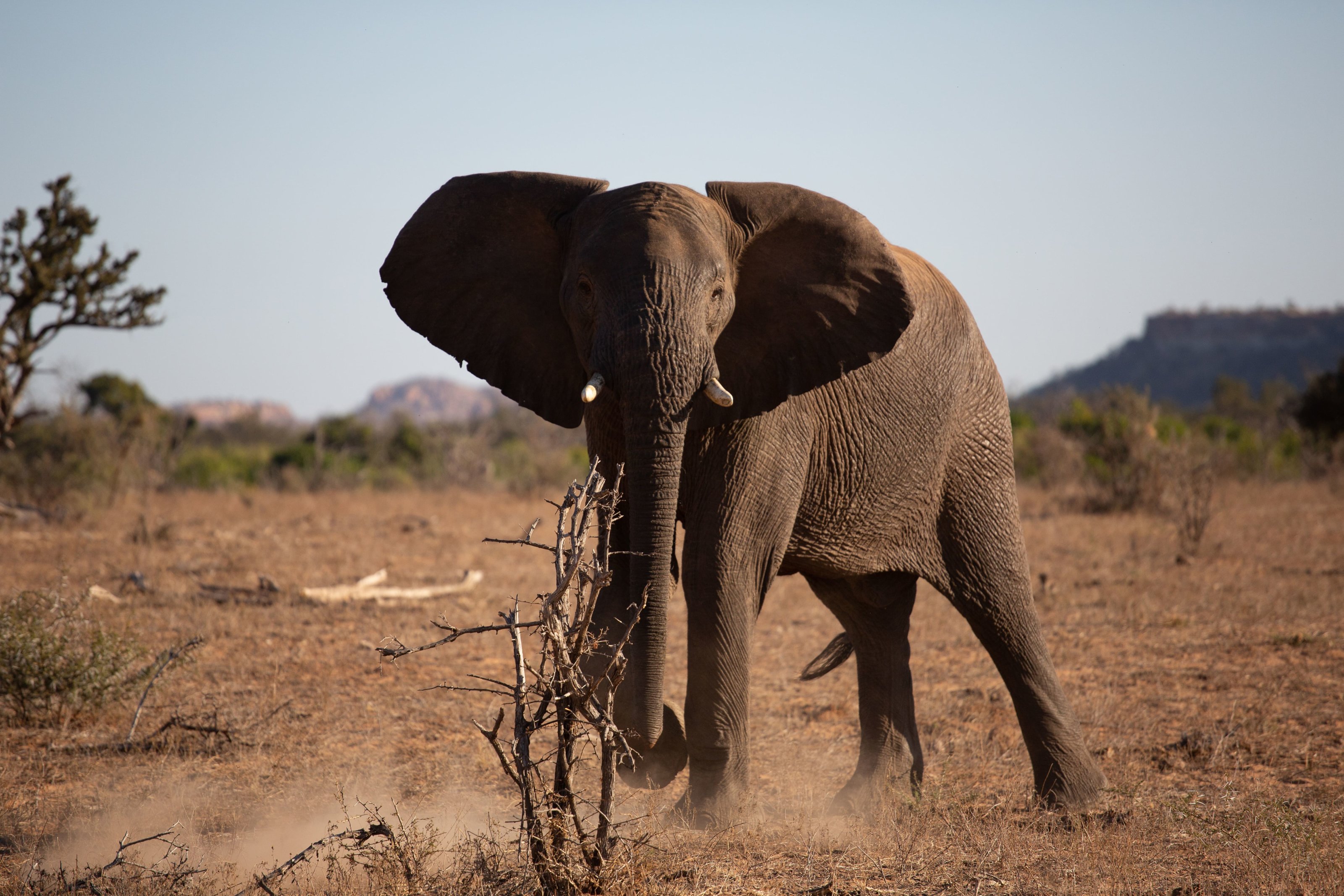
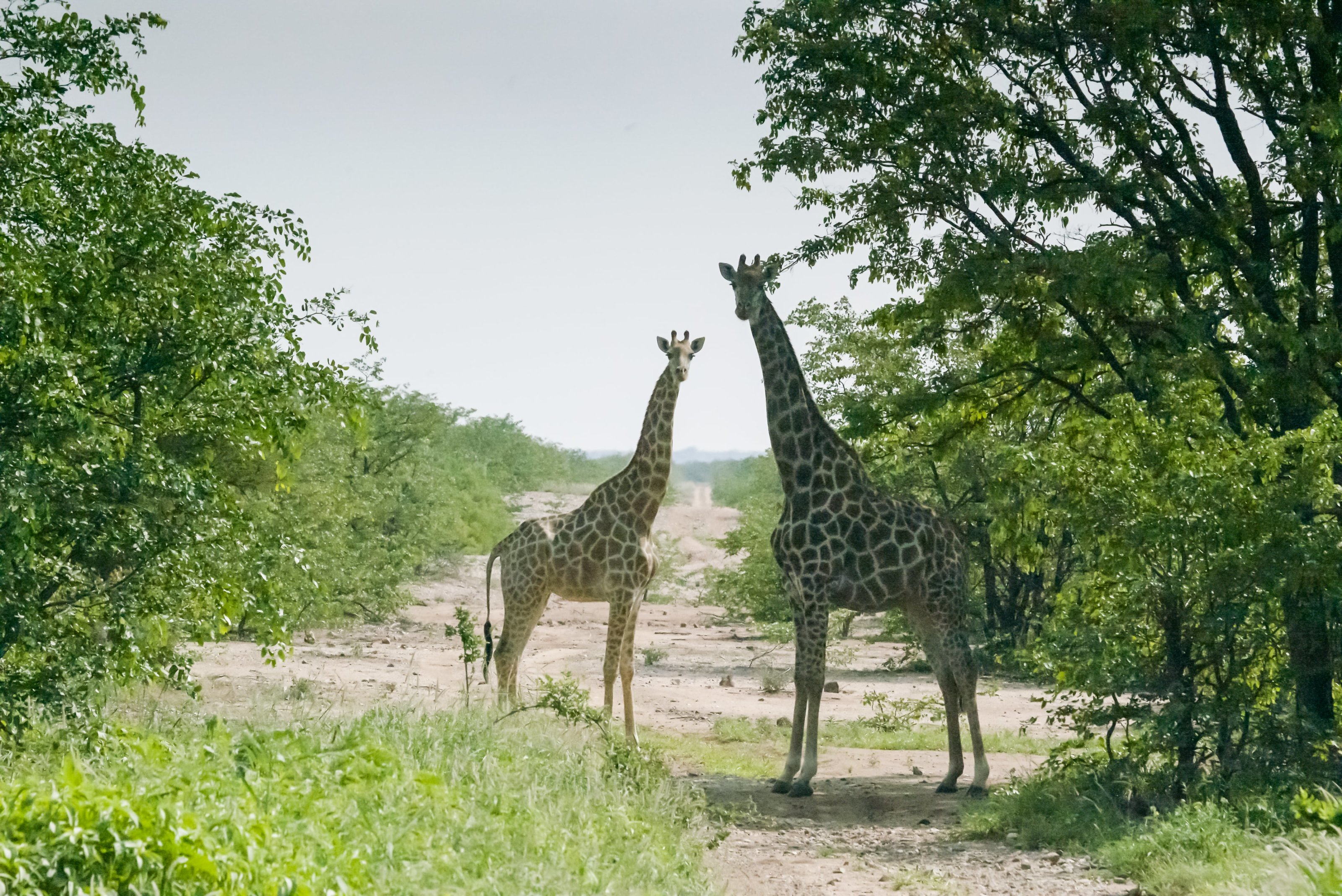
“The immediate focus was to restore the land and bring back the natural biodiversity impacted by the cattle farms. For this they needed game rangers who knew the land well and I was offered a job as a game scout. I was so happy that I could stay on the farm where I was born and raised. I knew the area like the back of my hand.
“There is no such thing as a typical day in the life of a game scout. Every day is different and no game drive is ever the same – I am the eyes and ears for the reserve and I must observe and assess both animals and tracks and report it back to the office.
On the reserve we have lions, leopards and cheetah, as well as elephants, giraffes and antelopes. Today, the reserve spans across more than 79,000 acres and is a thriving habitat that hosts a variety of ecosystems and disease-free wildlife. A visiting breeding pair of Southern Ground-Hornbill which is an endangered species and pangolin have also been seen here from time to time.”
The Environmental Expert
“As a young lady, I really liked to be outdoors and I loved animals – that was the initial trigger for me. I studied environmental protection and decided to work in the field because it is very important that we leave a legacy for whoever comes after us.
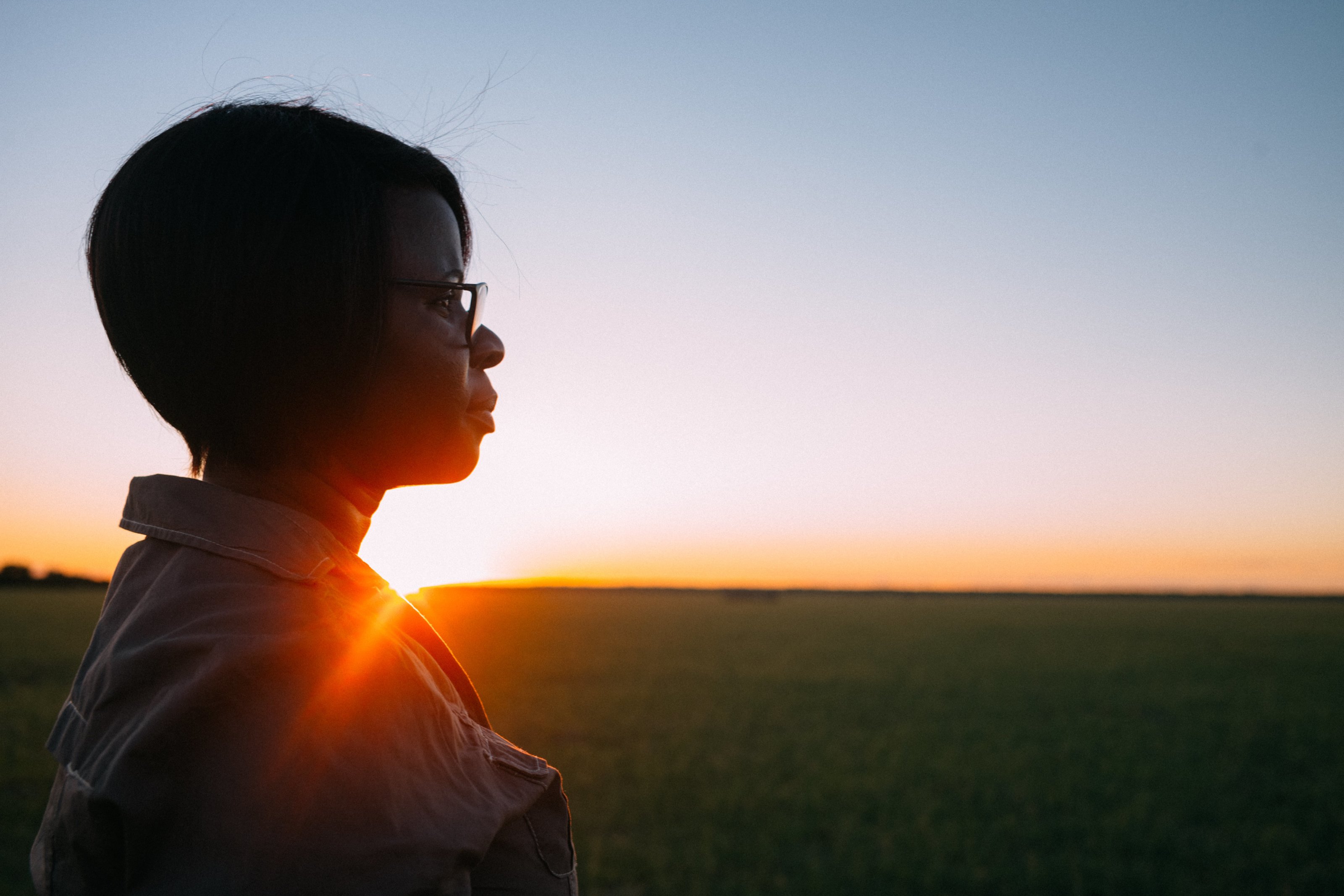
“It is very important that we leave a legacy for whoever comes after us”
“We have engaged Wildlife Botswana to do research on birds, specifically vultures, to find out how we can preserve breeding areas and make sure the birds are not being impacted by any projects that are happening around the park.
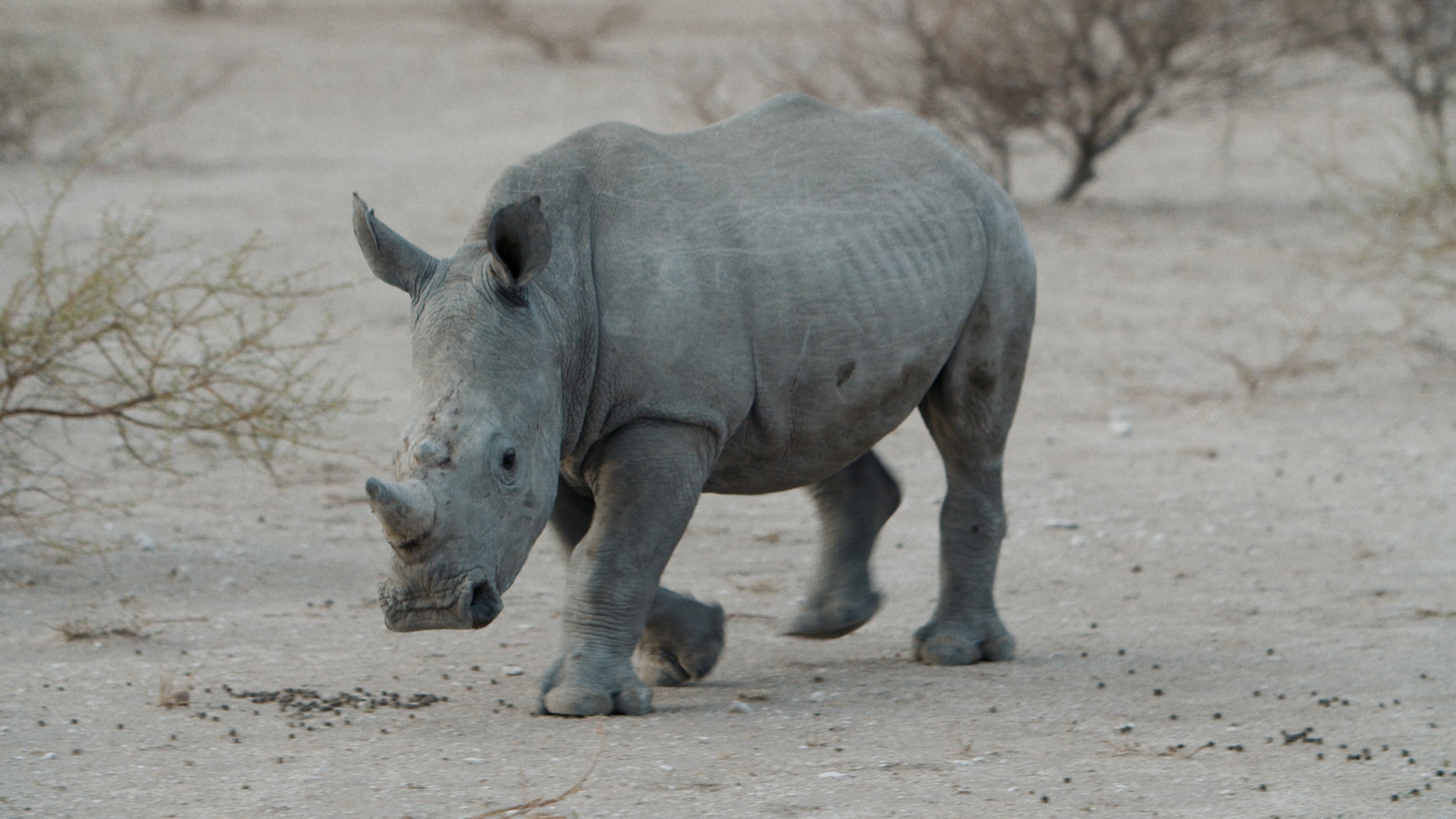
“We look to do everything we can to preserve the natural environment once the mines have closed. The main industry then will be tourism, so preserving the environment has a particularly profound consequence for both the local community and the country as a whole, because the natural habitat and biodiversity is strongly linked to potential improvements in livelihood during the post-closure period. This is my passion, doing whatever I can to make sure that Botswana’s natural beauty is preserved for future generations to enjoy.”
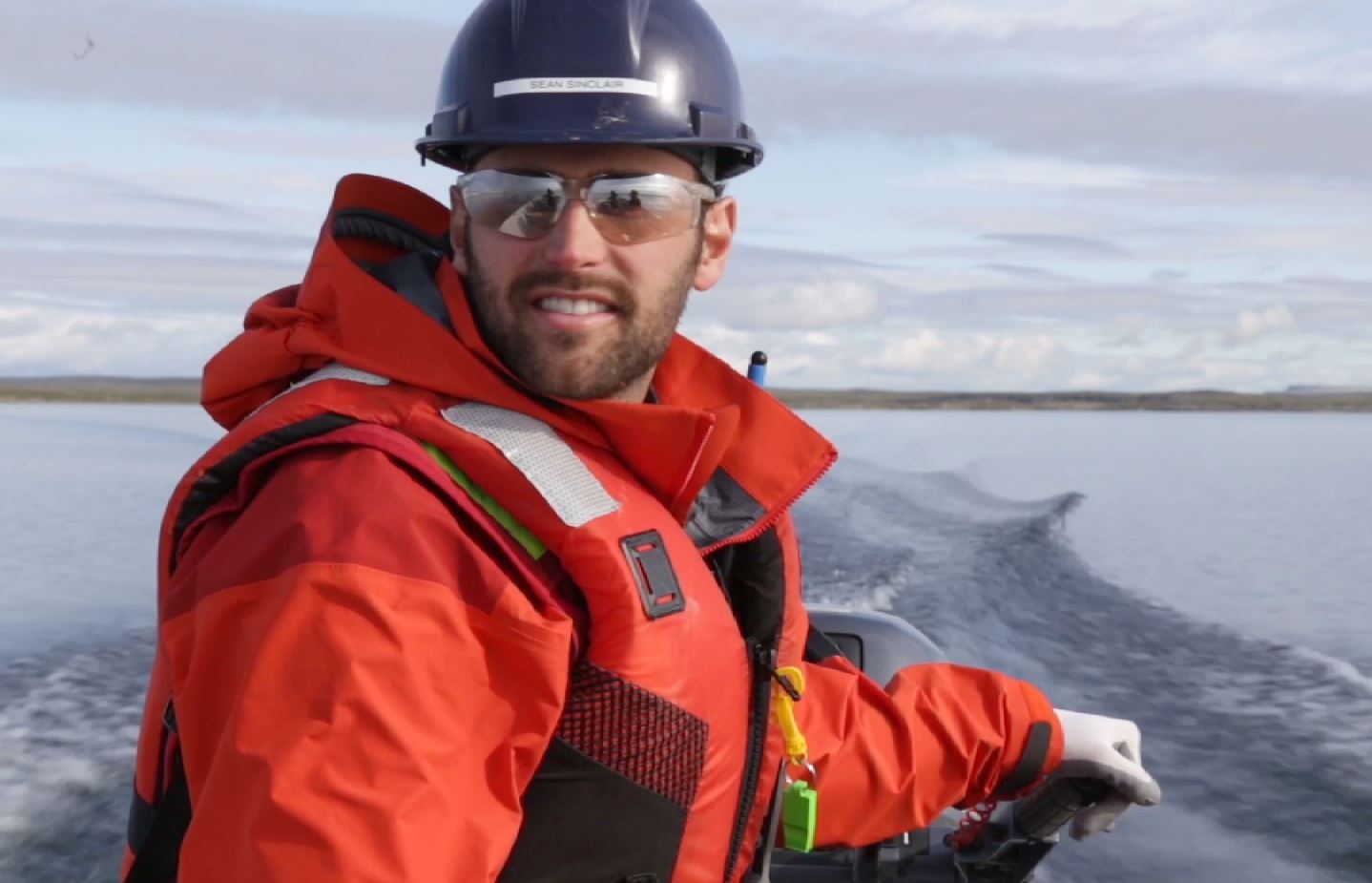
The Operations Advisor
“My most important day-to-day duty is to protect both animals and workers by minimizing the interaction between wildlife and the diamond mining operations. On the tundra around the Diavik mine we get grizzly bears, wolves and wolverines, lots of birds of prey like peregrine falcons and hawks, as well as moose and foxes.
“As we approach closure in 2025 we are working towards a positive legacy by returning the land to a state guided by pre-development conditions and traditional knowledge”
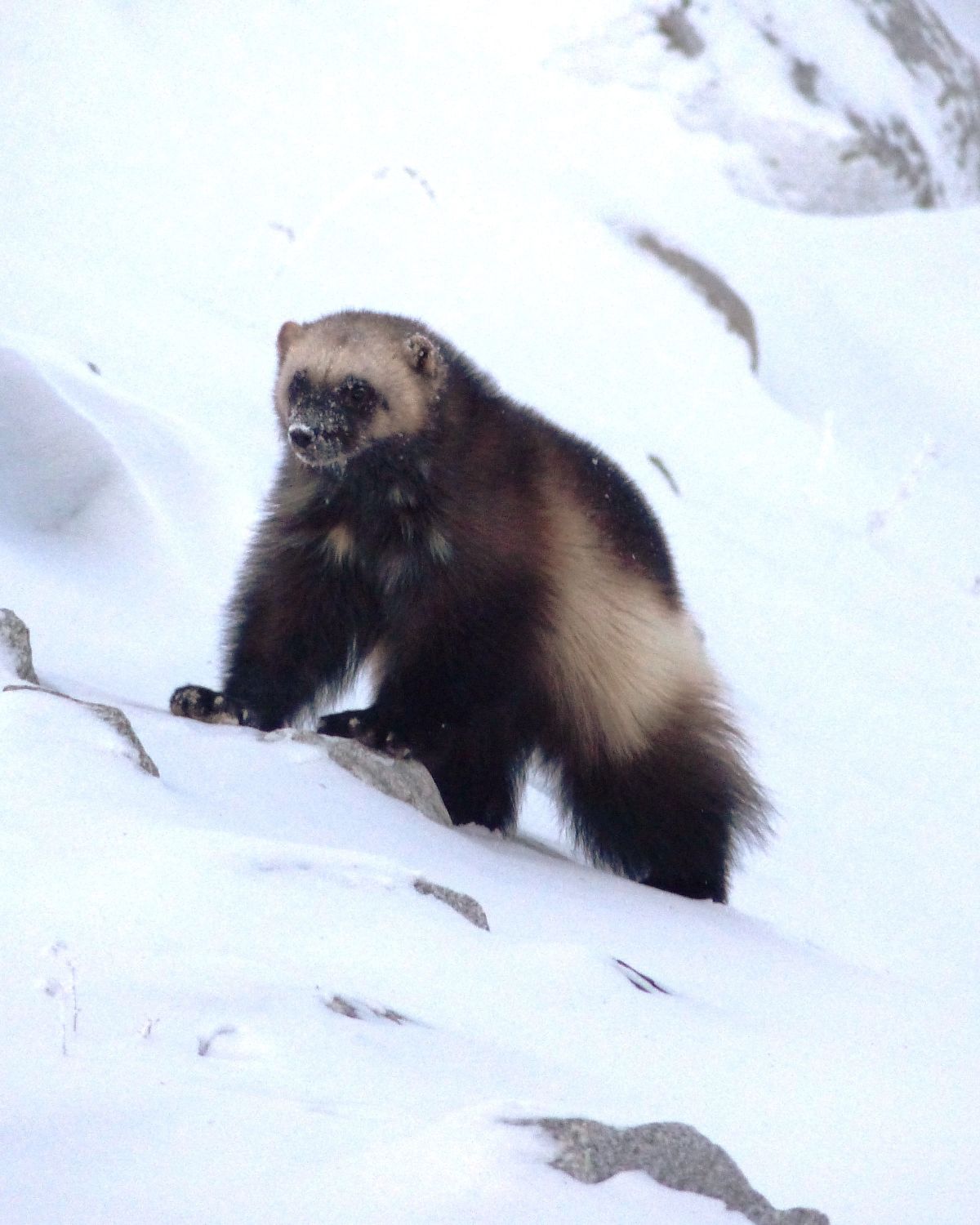
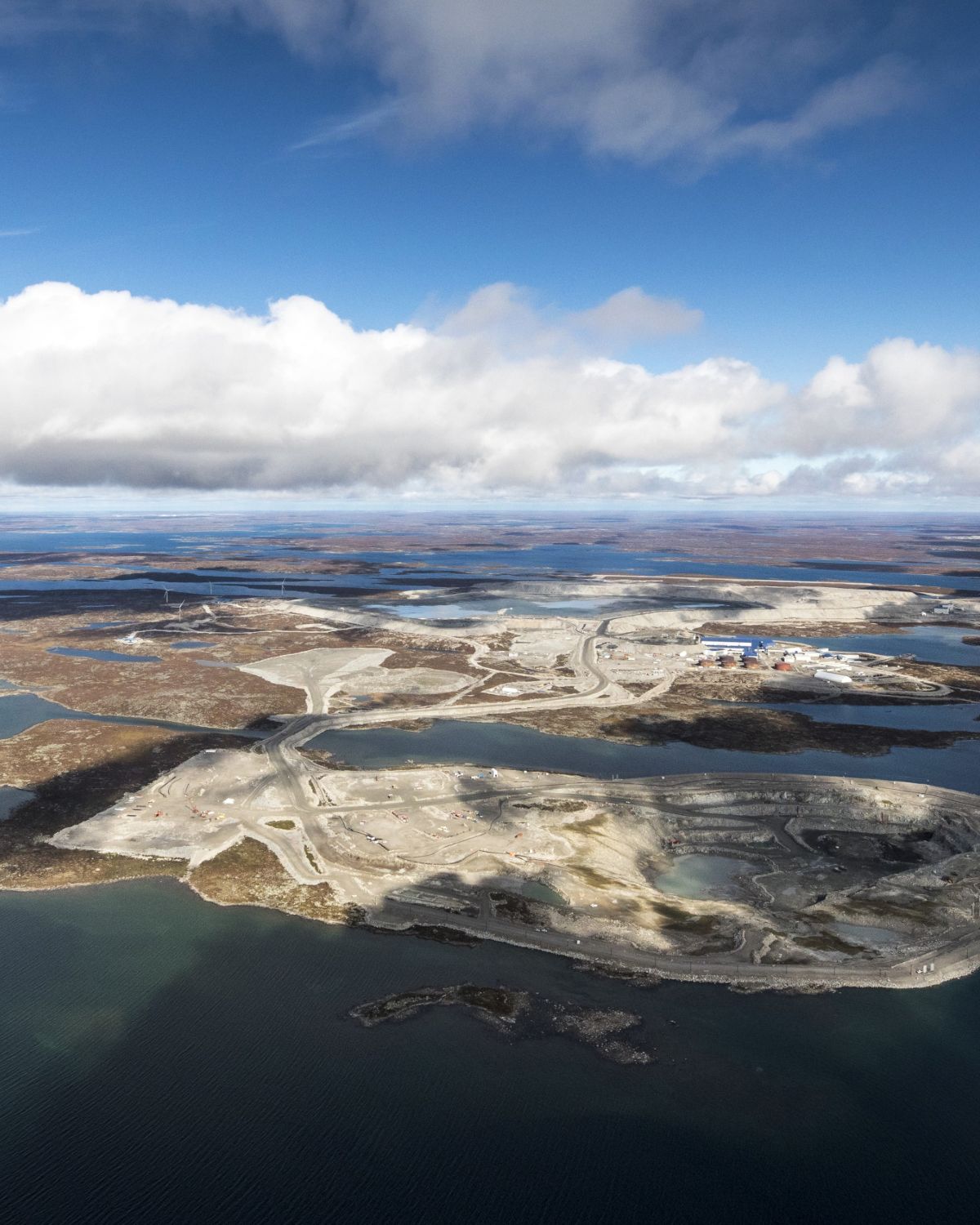
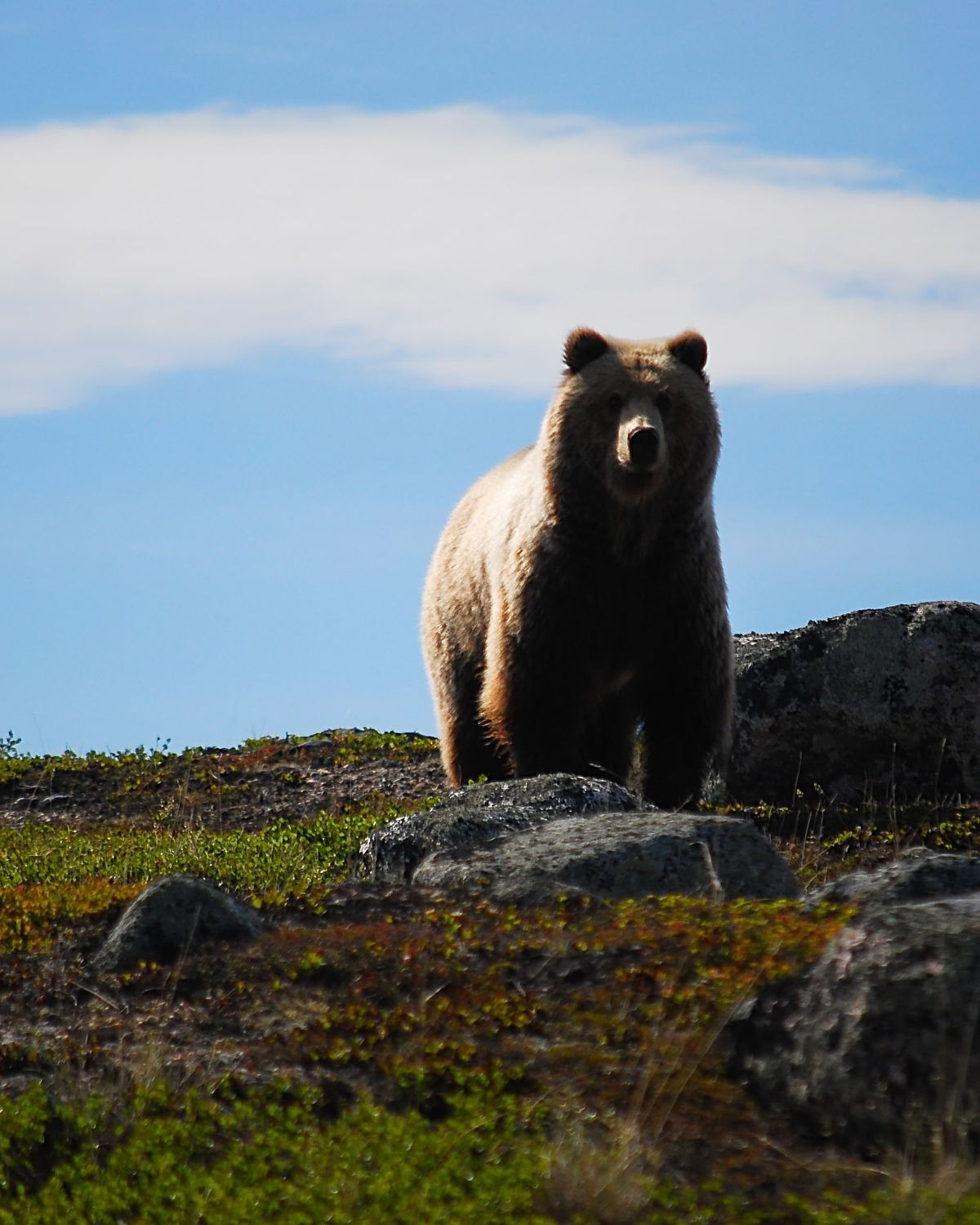
“The first thing to do is make sure that there is nothing to attract the animals to the area, such as any garbage that could prove tempting. So whilst we try very hard not to attract the wildlife, we want it to be able to pass freely through the area. If anyone spots a grizzly, we send out a crew who will monitor it to make sure everyone stays safe.
“Through the summer we normally get dozens of sightings of grizzlies – they are generally not interested in humans and are just passing through, eating whatever berries and vegetation they can find. But we have to keep an eye on them to make sure they don’t wander into areas where there may be surprise human contact, which could be potentially dangerous.
“During the 17 years of mining operations we have had the opportunity to participate in numerous wildlife studies, which have helped understand the distribution of caribou across the area, for example. As we approach closure in 2025 we are working towards a positive legacy by returning the land to a state guided by pre-development and traditional knowledge as soon as we can, and at the same time we will hopefully have contributed a great deal to understanding how such a diverse range of animals survives in this harsh environment.”
